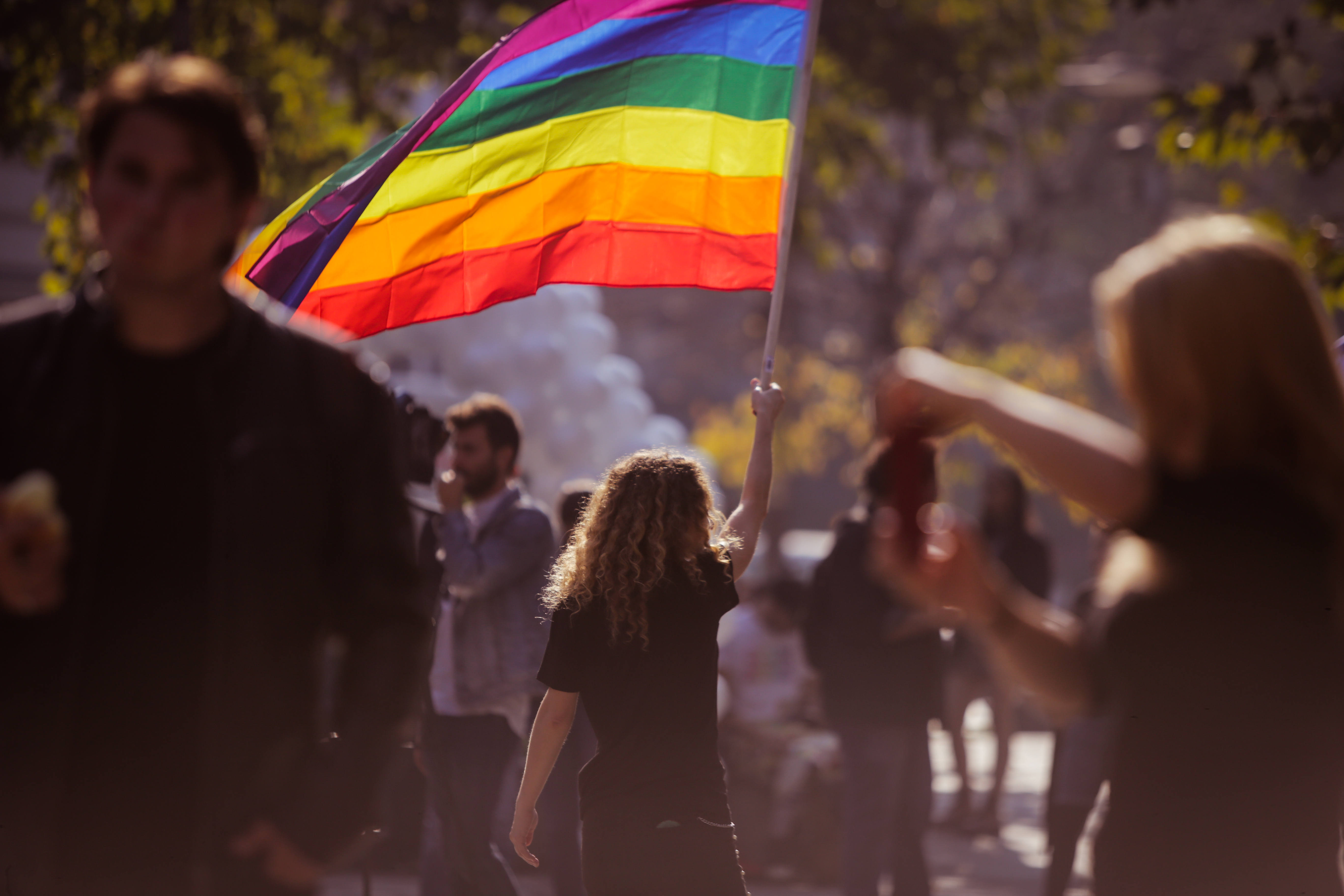
Shutterstock
Pride marks a time when tens of thousands of people hit the streets in fabulous attire to dance, celebrate, and memorialize the spirit of love and resistance.
Lost in the partying, though, is the darker side of Pride. In the Capital Pride parade in DC, for example, visitors were joined by floats from weapons manufacturer Northrop Grumman, the Metropolitan Police Department, and Wells Fargo. More generally, corporate sponsorship is ubiquitous throughout Pride events.
Given that Pride began with the radical anti-police riots of the Stonewall Uprising, it’s not surprising that many find the current “rainbow capitalist,” police-celebrating version of Capital Pride and others like it around the country kind of gross.
We need much more than a parade to make sure that trans women of color, LGBTQ2S homeless youth, Palestinian queerfolk, and so many others are able to celebrate too, instead of fighting for their lives with little to no help from the mainstream queer community.
As a result, in recent years, the local group No Justice No Pride has protested Capital Pride for ignoring “the concerns of queer, trans, Black, Latinx, and Two-Spirit communities in D.C. regarding its complicity with entities that harm LGBTQ2S people.” (Two-Spirit communities refer to gender-nonconforming traditions inside some Native cultures.)
Similar conflicts between more radical queer activists and those who hold power within the LGBTQ2S community have occurred across the country. In Columbus, Ohio last year, four protesters against police violence were arrested and tried for disrupting the Pride parade — and the local Pride organization testified against them in court.
This broader debate asks what the LGBTQ2S community is really about. It poses questions about the meaning of including problematic companies and regressive forces in our parade. What does it say to those queer folks who are the targets of Northrup Grumman’s fighter jets in Yemen, of police brutality in DC or Columbus, or of Wells Fargo’s investments in the Dakota Access Pipeline — much less to our straight allies in those communities?
The message appears to be that when relatively well off (read: largely affluent, white, cis, gay, and male) sections of the American LGBTQ2S community have obtained a certain level of comfort and rights, they believe they can safely write off their responsibility and need to serve as allies to those who are still struggling to survive.
So what’s to be done? Certainly, sustained effort to fix the parades is critical.
But in the streets near DuPont Circle, Washington DC’s local “gayborhood,” you can find stickers posted by radical LGBTQ2S people that say “Parades are not enough.” Embodying a historical slogan, they encapsulate a spirit of having a broader politics that extends beyond Pride parades as the center of LGBTQ2S people’s politics.
While the contents of the Pride parade are important, the parade itself is a forum, a contested symbol for a wider array of issues. We need much more than a parade to make sure that trans women of color, LGBTQ2S homeless youth, Palestinian queerfolk, and so many others are able to celebrate too, instead of fighting for their lives with little to no help from the mainstream queer community.
The vision of a liberated LGBTQ2S existence, then, is one that must be embodied every day in a politics of solidarity, and not just once a year in a public display.
